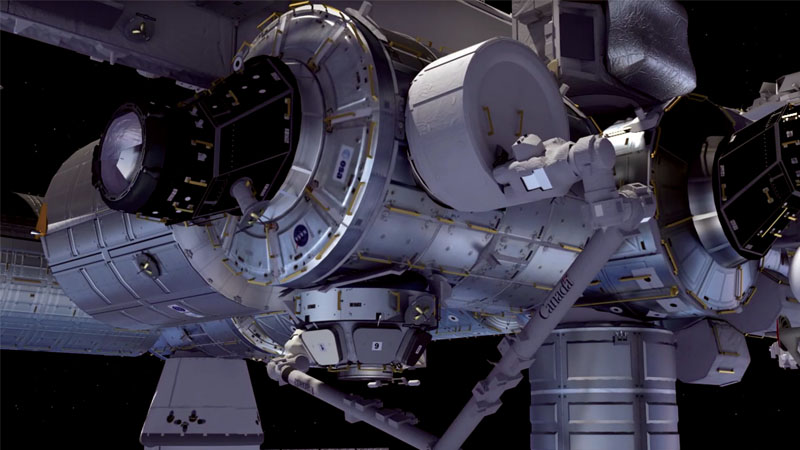Stay Up to Date
Submit your email address to receive the latest industry and Aerospace America news.
The Space Colonization Technical Committee promotes the development of advanced concepts, science and technology to enable and enhance permanent human presence in space.
Incremental progress continued to be made in 2016 toward the long-term goal of human settlement in space.
Some progress came in areas not directly related to aerospace. For example, self-driving taxis were deployed in Singapore in August. The technology of self-driving cars will be valuable for future infrastructure on the moon and planets, e.g., long-haul driverless transport of ores from remote locations to refineries and/or launch sites.
Three-dimensional printing is a critical technology for future space settlement, enabling long-term operations without requiring huge logistics inventories of spares. The Juno spacecraft arrived at Jupiter in July and is the first spacecraft to fly 3-D printed titanium parts, NASA says. California-based Made in Space Inc., which pioneered 3-D printing in space on the International Space Station, launched and began operations in April with its second orbital unit at ISS.
The U.S. government made progress, too. In August, the FAA granted permission for private company Moon Express in Florida to land a vehicle on the moon. CEO Bob Richards said the company’s plan is to make money extracting lunar resources. In March, U.S. Rep. Dana Rohrabacher, R-Calif., introduced the Space Exploration, Development, and Settlement Act to make development and settlement of space part of the law governing NASA. The Senate Commerce, Science, and Transportation Committee amended the NASA Transition Act of 2016 in September to include “long-term goals of the human space flight and exploration efforts of NASA.” Part of the amendment ensures “the peaceful settlement of a location in space or on another celestial body and a thriving space economy in the 21st century.”
Reusability of commercial launch vehicles saw milestones, with SpaceX landing a Falcon 9 first-stage rocket on a drone ship in April, May and August. After the first return of a Falcon 9 to its launch site in December 2015, SpaceX completed a second return in July. The company responded to skeptics’ questions by announcing in August that its first reflight of a Falcon 9 was to be with a communications satellite in the fall, although questions about the economics of Falcon 9 reflight remain, and an explosion during a September test at Cape Canaveral, Florida, affected the launch schedule. Blue Origin’s New Shepard accomplished reflights in January and April of vehicles returned from suborbital flights. The championship for reusability, however, belongs to the Boeing X-37B, with a second vehicle well over a year into its second flight as of this writing.
A milestone toward commercially operated space habitats was accomplished with inflation in May of the Bigelow Expandable Activity Module, or BEAM, attached to the ISS. NASA spokesman Daniel Huot called BEAM “the first expandable human-rated habitat to ever be flown into space.” In September, Elon Musk of SpaceX announced plans to expand commercial interests to Mars, with a transport system based on full reusability, refueling in Earth and Mars orbits, and methane/oxygen propellant that could be manufactured on Mars. ★
Stay Up to Date
Submit your email address to receive the latest industry and Aerospace America news.




